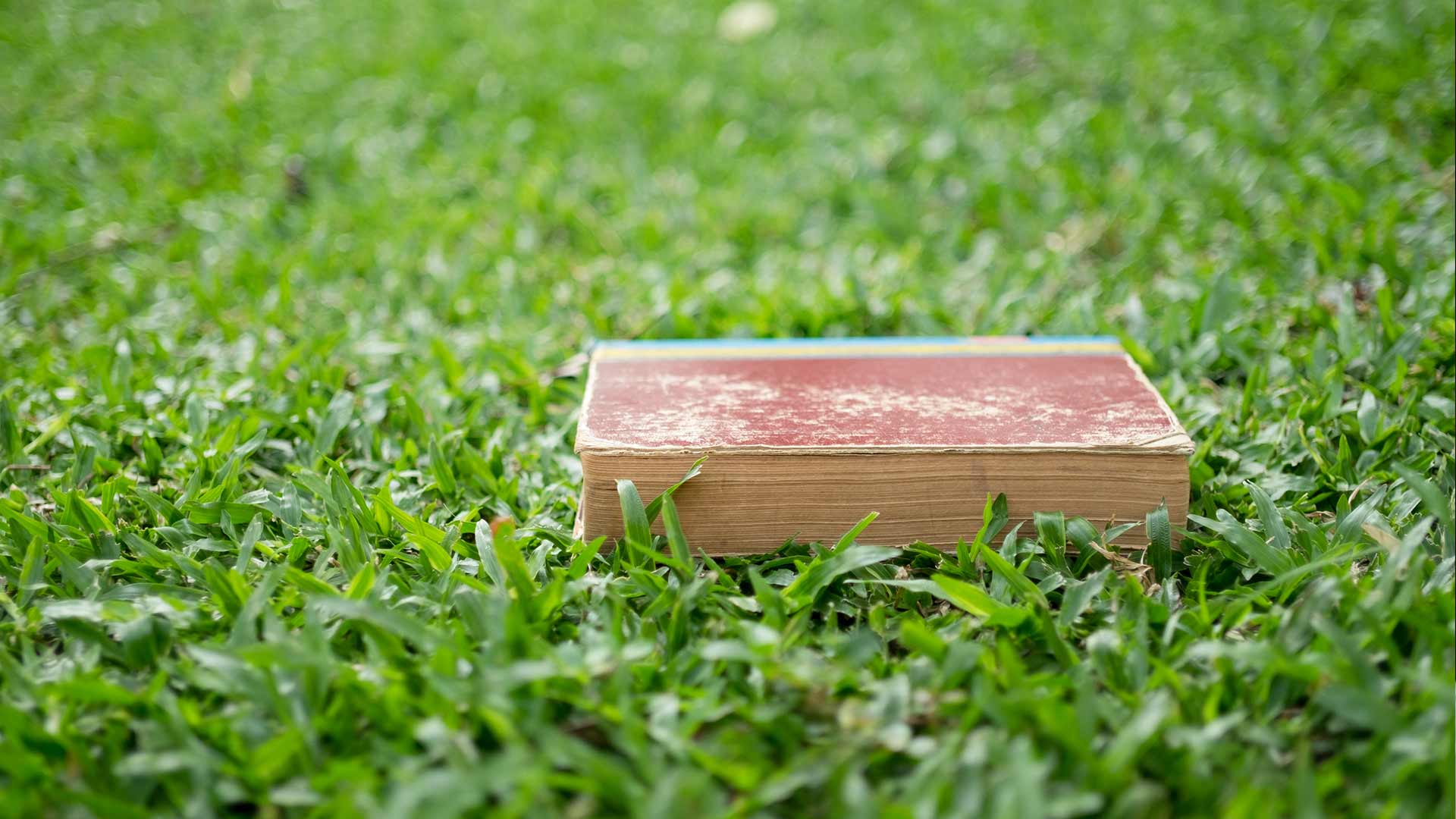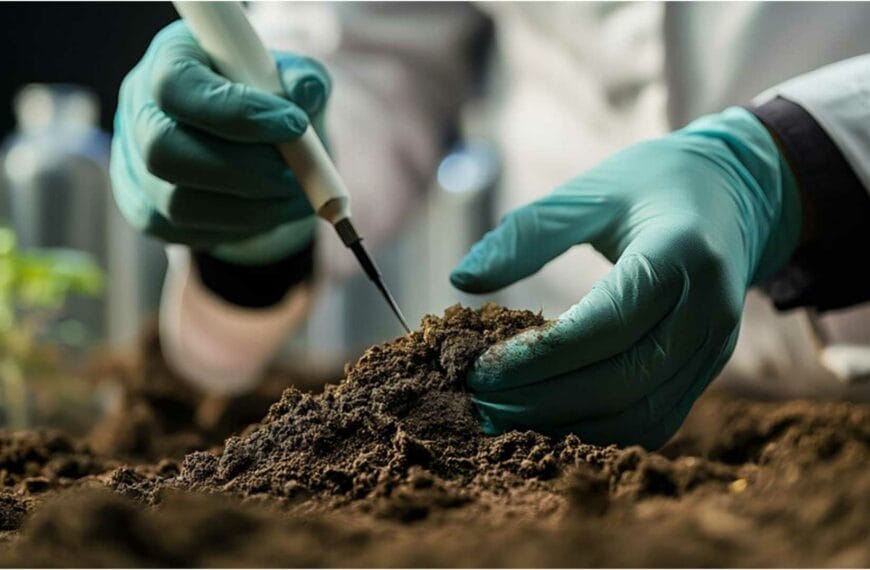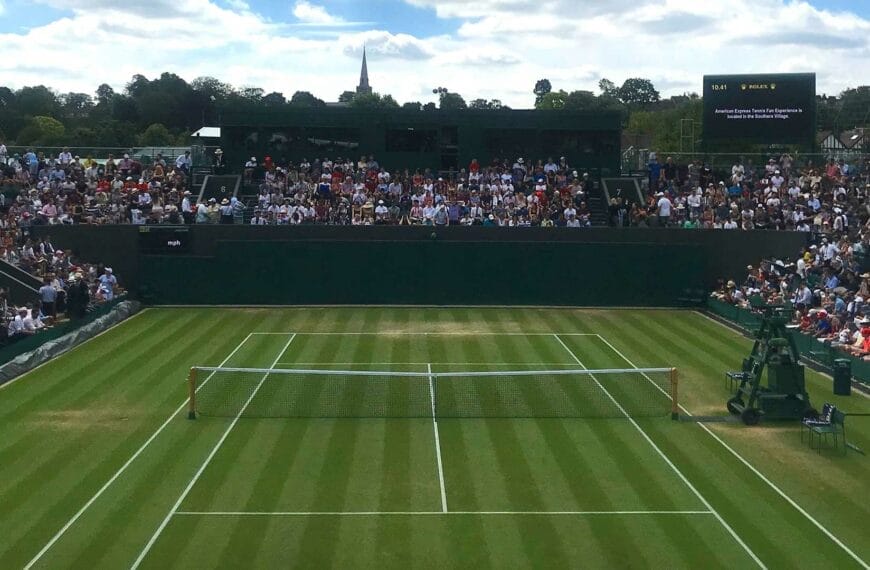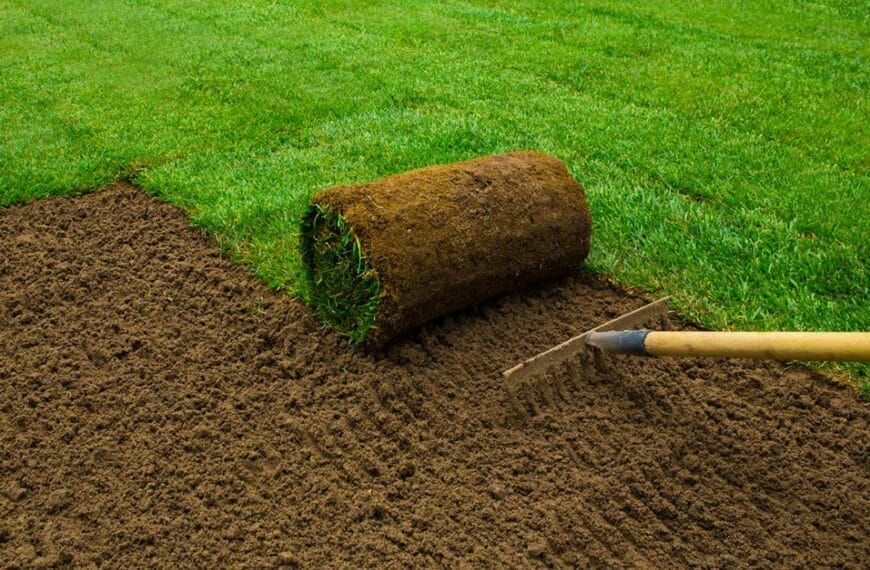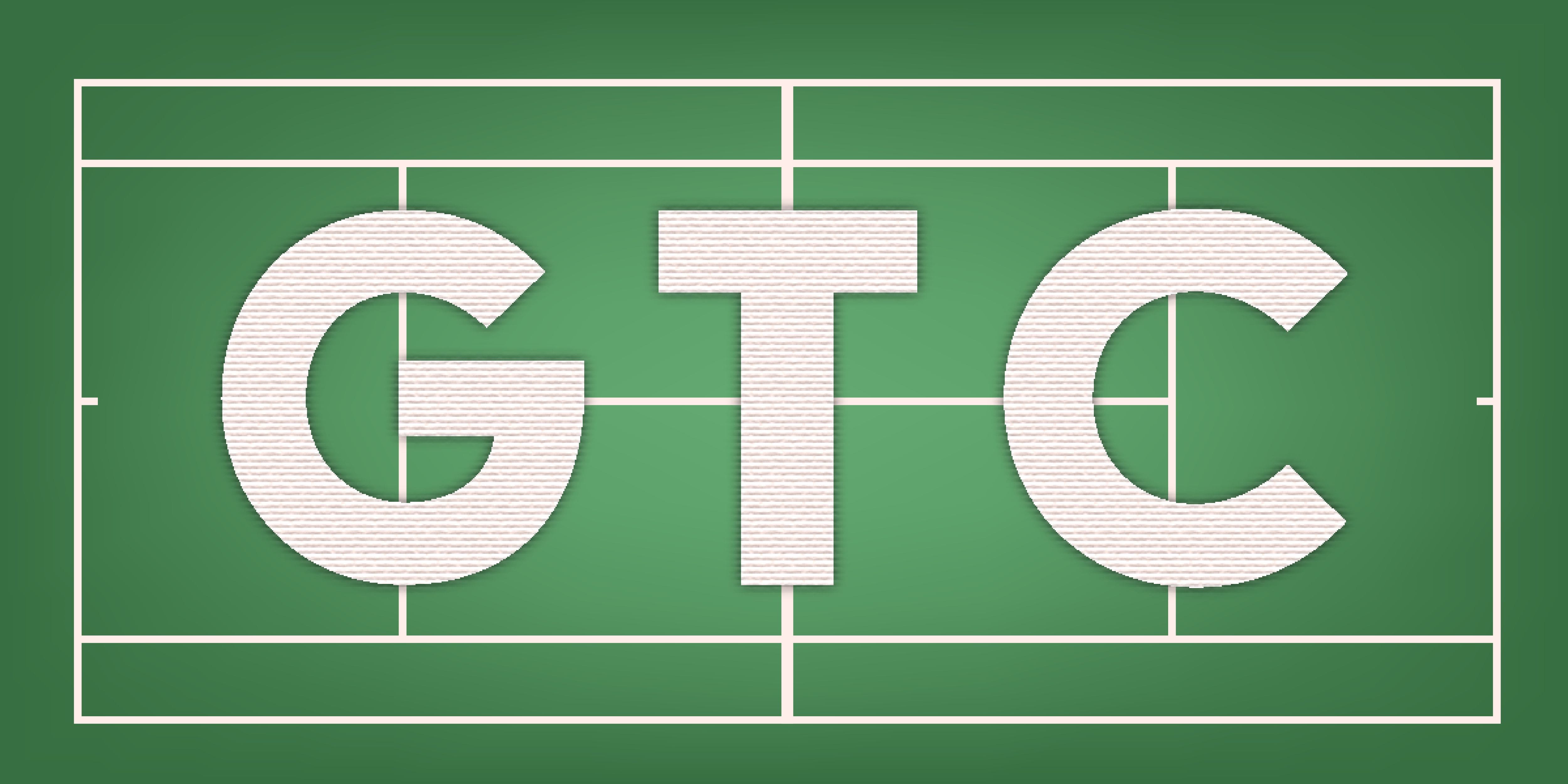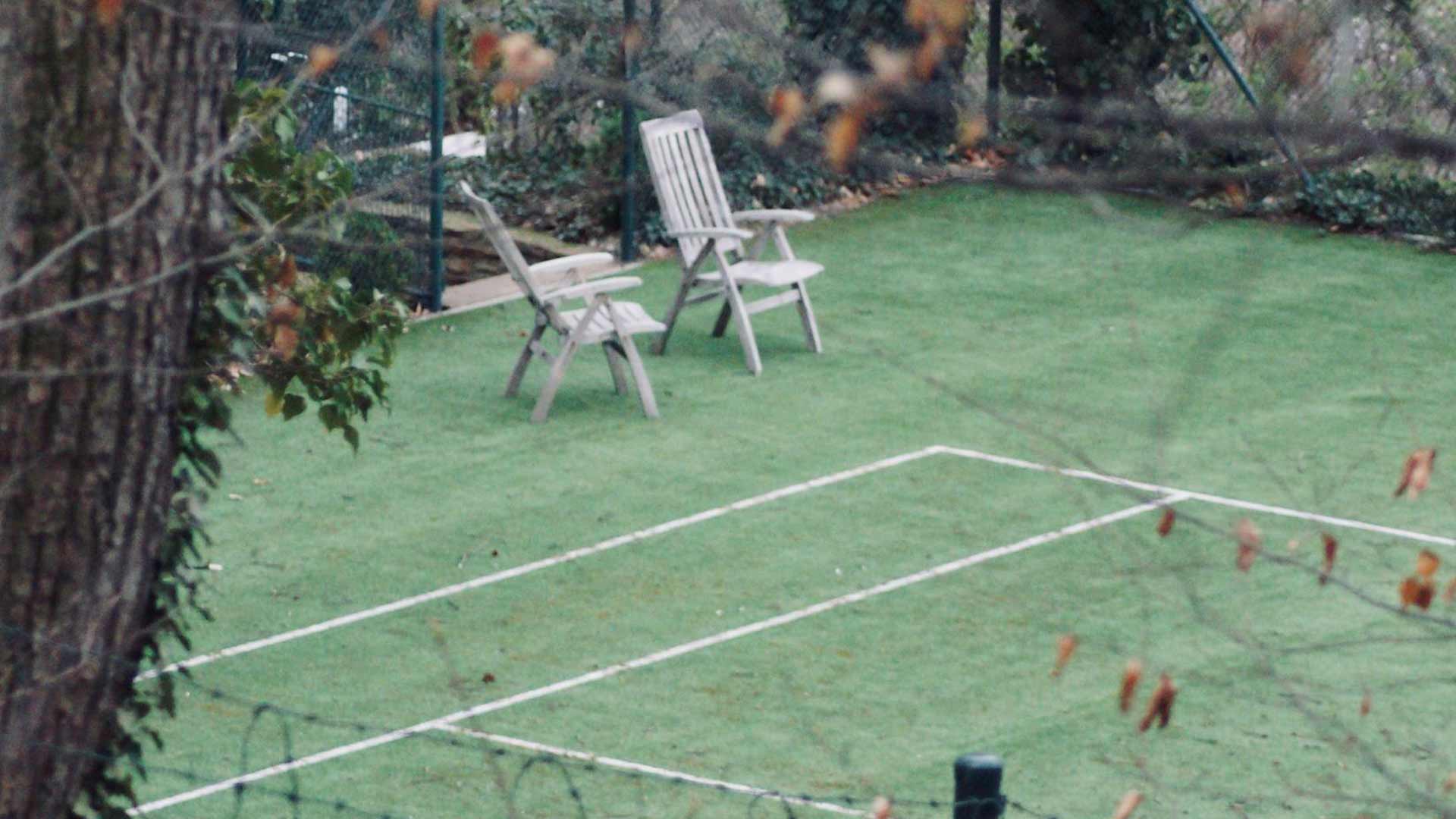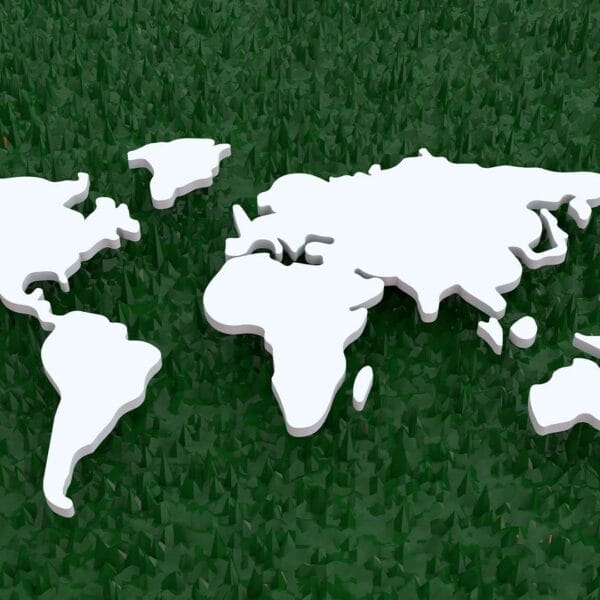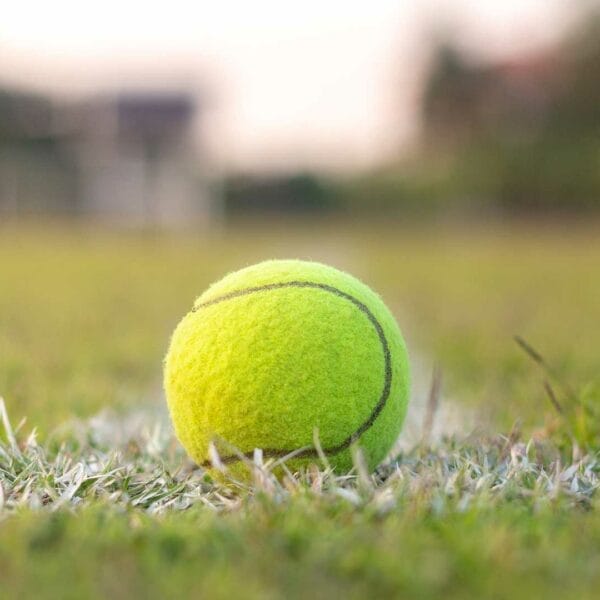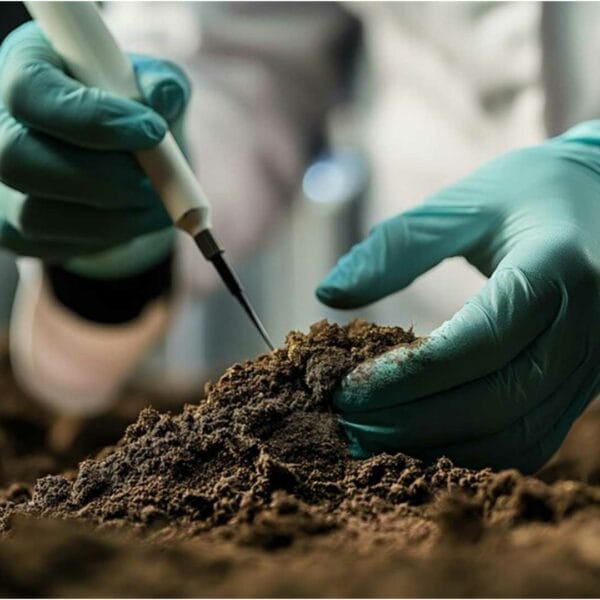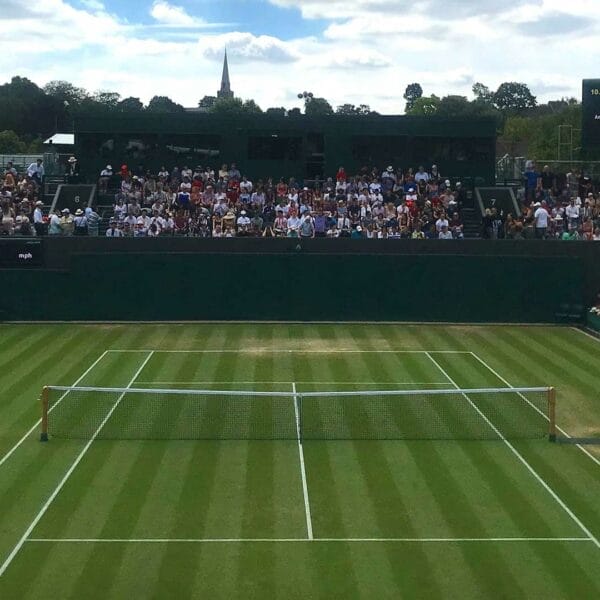The Optimal Grass Court Layer Thickness for a World-Class Tennis Court
As experts in the construction and maintenance of pristine grass tennis courts, one of the most frequently asked questions we encounter is about the ideal grass court thickness of the grass layer. It might seem like a minor detail, but this specific measurement plays a monumental role in the court’s playability, durability, and overall health. From the hallowed grounds of Wimbledon to your local club, the secret to a perfect bounce and consistent surface often lies beneath the visible blades of grass. So, let’s delve deep into this critical aspect of grass court construction and reveal why 5–7 cm is the magic number.
The seemingly simple directive that “the grass layer on a tennis court should be approximately 5–7 cm thick” belies a complex interplay of horticultural science, engineering, and sports performance requirements. This isn’t an arbitrary figure plucked from thin air; instead, it’s the result of decades of research, trial and error, and a deep understanding of how grass interacts with soil, water, and the intense demands of tennis.
Before we even consider the grass itself, it’s crucial to understand what this “grass layer” actually comprises. It’s not just the visible green blades; it’s the entire stratum of organic matter, living roots, and the immediate topsoil that sustains them. This living layer is the dynamic interface between the ball, the player, and the meticulously prepared base beneath. Its thickness directly influences a multitude of factors that contribute to the ultimate playing experience.
5–7 cm Is Crucial for Root Development and Plant Health
The primary reason for advocating a 5–7 cm grass layer is to ensure adequate root development. Grass isn’t just a surface; it’s a living organism, and its roots are its lifeline. A sufficient depth allows the grass roots to penetrate deeply and establish a strong, intricate network. This robust root system provides several indispensable benefits:
- Anchoring the Plant: Strong roots firmly anchor the grass plants, preventing them from being dislodged by player movement or ball impact, ensuring a consistent surface throughout the season.
- Nutrient Uptake: Deeper roots access more soil, improving nutrient and water uptake. This enhances resilience to drought and heavy play, reducing fertiliser needs.
- Water Management: A well-developed root system improves moisture balance. Combined with proper drainage, it prevents both waterlogging and drying out.
- Disease Resistance: Healthy, deeply rooted turf resists common turf diseases and pests far better than shallow-rooted grass.
Without this optimal thickness, grass roots remain shallow and weak, leading to a fragile surface that easily scars or compacts. Just as a tree struggles in a shallow pot, turfgrass needs room to thrive.
Ensuring a Smooth and Consistent Playing Surface
Beyond root health, the grass layer’s thickness directly affects playability. A 5–7 cm layer provides a cushion that is neither too soft nor too hard — essential for:
- Ball Bounce: The grass layer, combined with the prepared base soil, determines the ball’s speed and height. Too thin and it plays too fast; too thick and bounces become uneven.
- Player Comfort and Safety: The right grass layer offers shock absorption, protecting players’ joints and reducing impact injuries.
- Even Wear: A robust layer withstands heavy foot traffic near baselines and service lines, maintaining a smooth, uniform surface.
Maintaining this consistency depends on proper maintenance — precise mowing, aeration, and top-dressing keep the layer healthy and uniform.
The Relationship Between Grass Layer, Base Soil, and Drainage
The grass layer functions as part of an integrated system with the underlying base soil. The base soil — a carefully balanced sand-clay mix — provides structure and drainage. If this foundation is not compacted correctly and drained properly, even the best turf will suffer from waterlogging and root rot. A well-drained base and an optimally thick grass layer work in harmony to create the firm, fast surfaces that define championship play.
“A grass tennis court is a living entity – a delicate balance of biology and engineering. The grass layer is its skin, its lungs, and its shock absorber, all working in harmony with a meticulously designed sub-surface.”
How Groundskeepers Achieve and Maintain the Ideal Thickness
Maintaining the perfect 5–7 cm layer is a blend of art and science:
- Species Selection: Perennial ryegrass (Lolium perenne) is the gold standard for its durability and dense coverage.
- Seedbed Preparation: After site preparation, the top 5–7 cm of soil is levelled and pH-balanced to form the seedbed.
- Seeding or Turfing: Turfing offers faster results but higher cost; seeding requires patience but allows better root integration.
- Mowing Regimen: Grass is maintained between 8–12 mm for play, while the root layer remains 5–7 cm deep to support density and stability.
- Top-Dressing: Regular top-dressing with sand-soil blends maintains evenness and firmness.
- Aeration: Periodic aeration keeps the soil breathable, preventing compaction and root suffocation.
Did You Know?
Wimbledon’s legendary grass courts maintain a precise 5–7 cm layer of perennial ryegrass. This ensures consistent bounce, durability, and the fast-paced play that grass courts are famous for.
Understanding Thatch and Its Role
Within the 5–7 cm grass layer lies a hidden component: thatch. This mix of living and dead organic matter (roots and stems) provides cushioning and insulation for roots when kept around 1–2 cm. Excessive thatch, however, can trap moisture, attract pests, and create a spongy, inconsistent surface. Regular mowing, dethatching, and top-dressing are vital for maintaining thatch balance.
Conclusion
The 5–7 cm grass layer is the living core of a tennis court, where the ball meets the surface and the sport’s elegance comes alive. Achieving this balance requires expert design, quality materials, and meticulous maintenance. Whether you’re constructing a new court or upgrading an existing one, prioritising this delicate layer ensures world-class playability and longevity.
For detailed insights into court planning, materials, and sustainable construction methods, visit GrassTennisClub.com — your expert resource for building and maintaining world-class grass tennis courts.

